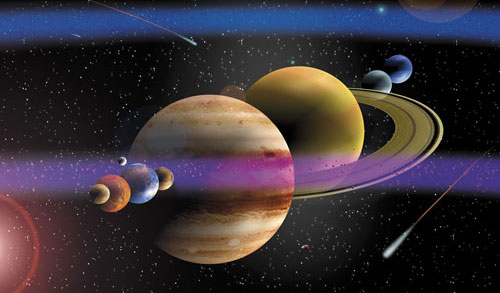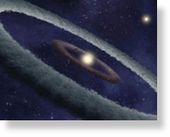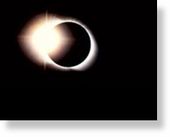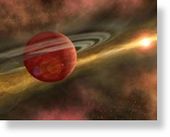OF THE
TIMES
Heaven and hell are eternal places because they are always present at the extremes of human existence, for better or for worse. People are constantly choosing between them, although they are generally not conscious of that in an articulated manner.
Let me get this straight. The woke left passed a bill to label the woke left protestors antisemitic? Never saw that one coming.
And the shite show continues...
That poor kid will be scarred for life.
The BBC, of all shabby British tabloids ... Keir Giles, director of the Conflict Studies Research Centre, a British think tank, believes Russia is...
Historically, CO2 has followed temp rises and falls by a few decades. Plant stomata proxies also show far more granular and wider variation of CO2...
To submit an article for publication, see our Submission Guidelines
Reader comments do not necessarily reflect the views of the volunteers, editors, and directors of SOTT.net or the Quantum Future Group.
Some icons on this site were created by: Afterglow, Aha-Soft, AntialiasFactory, artdesigner.lv, Artura, DailyOverview, Everaldo, GraphicsFuel, IconFactory, Iconka, IconShock, Icons-Land, i-love-icons, KDE-look.org, Klukeart, mugenb16, Map Icons Collection, PetshopBoxStudio, VisualPharm, wbeiruti, WebIconset
Powered by PikaJS 🐁 and In·Site
Original content © 2002-2024 by Sott.net/Signs of the Times. See: FAIR USE NOTICE







Reader Comments
to our Newsletter